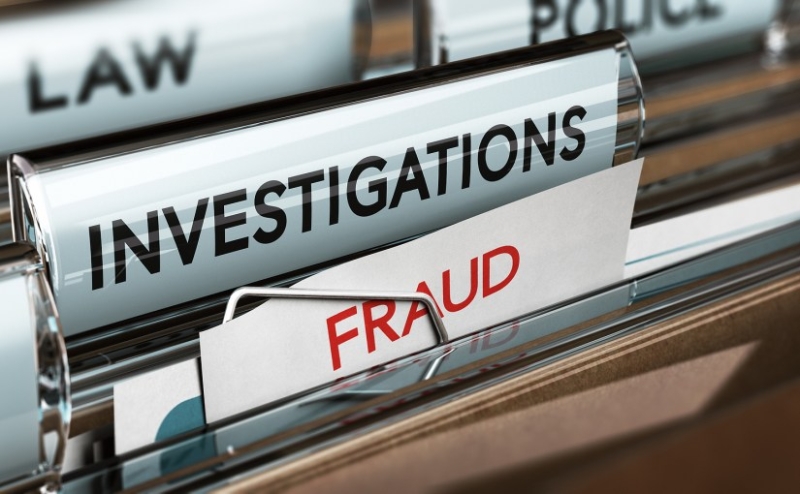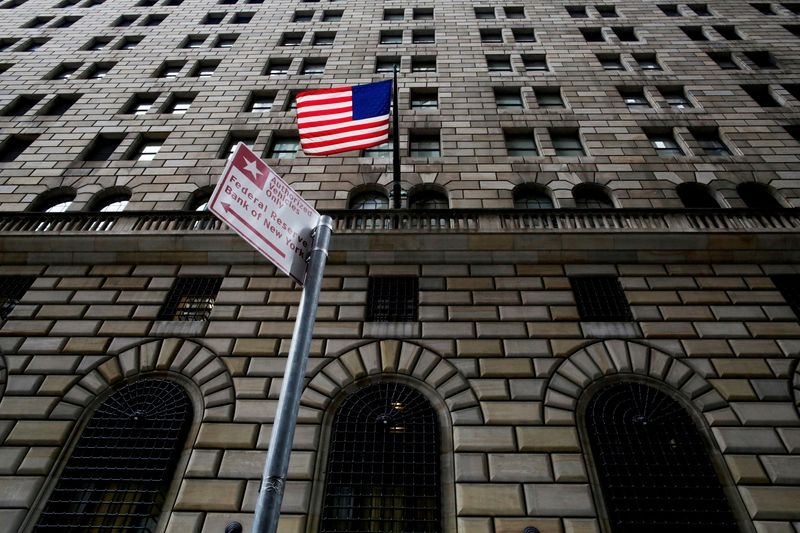
Regardless of a company’s environmental compliance record, facing a U.S. Environmental Protection Agency (EPA) inspection can present significant risks. When conducting inspections, EPA inspectors and technical personnel examine all aspects of companies’ operations, and it is up to companies to demonstrate that enforcement action is unwarranted. When faced with uncertainty, EPA personnel will err on the side of non-compliance with EPA regulations, and this means that companies that are unable to affirmatively demonstrate compliance can find themselves facing unnecessary consequences under federal environmental laws.
With this in mind, all companies need to take an informed, strategic, and systematic approach to defending against EPA inspections. While EPA inspections can present significant risks, companies can—and should—manage these risks effectively. Effectively managing the risks of an EPA inspection starts with understanding what companies need to do before, during, and after the process.
To be clear, while there are several steps that companies can—and generally should—take to prepare for their EPA inspections, there is no single “right” way to approach the inspection process. A custom-tailored approach is critical, as companies facing scrutiny from the EPA must be prepared to address any and all compliance-related concerns arising out of their specific operations.
What to Do Before an EPA Inspection
With this in mind, what can companies do to maximize their chances of avoiding unnecessary consequences during an EPA inspection? Here are five steps that companies should generally take upon learning of an impending visit from EPA personnel:
1. Make Sure You Know What Type of EPA Inspection Your Company is Facing
One of the first steps to take is to ensure that you know what type of EPA inspection your company is facing. The EPA conducts multiple types of inspections, each of which involves its own protocols and procedures and presents its own risks and opportunities. As the EPA explains:
“Inspections are usually conducted on single-media programs such as the Clean Water Act, but can be conducted for more than one media program. Inspections also can be conducted to address a specific environmental problem (e.g., water quality in a river), a facility or industry sector (e.g., chemical plants), or a geographic (e.g., a region or locality) or ecosystem-based approach (e.g., air or watershed).”
Under the EPA’s current approach to environmental compliance enforcement, most inspections fall into one of five categories:
- On-Site Inspections – The EPA routinely conducts on-site inspections. During these inspections, EPA personnel may observe the company’s operations, collect samples, take photos and videos, interview company personnel, and review pertinent environmental compliance documentation.
- Evaluations – The EPA conducts evaluations to assess facility-level compliance under the various federal environmental statutes. These evaluations may be either “full” or “partial,” with full compliance evaluations (FCEs) examining all pertinent areas of compliance and partial compliance evaluations (PCEs) “focusing on a subset of regulated pollutants, regulatory requirements, or emission units at a given facility.”
- Record Reviews – Record reviews typically take place at an EPA field office or other government location, and they “may or may not be combined with field work.” With that said, in many cases, on-site inspections and record reviews go hand-in-hand.
- Information Requests – An information request is, “an enforceable, written request for information to a regulated entity, a potentially regulated entity, or a potentially responsible party about a site, facility, or activity.” The EPA uses information requests to “substantiate the compliance status of [a] facility or . . . site,” and the EPA may issue an information request either in connection with or after conducting an on-site inspection.
- Civil Investigations – The EPA describes civil investigations as, “an extraordinary, detailed assessment of a regulated entity’s compliance status, which requires significantly more time to complete than a typical compliance inspection.” In most cases, a civil investigation will follow an inspection that uncovers significant or systemic compliance failures.
2. Make Sure You Understand the Scope of the EPA’s Inspection
After discerning the nature of the EPA’s inquiry, the next step is to ensure that you understand its scope. Is the EPA focusing on a specific environmental statute (i.e., the Recovery Act, the Clean Air Act (CAA) or Clean Water Act (CWA)); or, is it conducting a comprehensive assessment of environmental compliance? If the EPA is focusing on a specific environmental statute, is it focusing on all areas of compliance monitoring under the statute, or is it focusing on a particular enforcement priority like resource conservation? Answering these types of questions will be critical for efficiently implementing an informed defense strategy.
3. Locate All Relevant Compliance Documentation
Once you know what the EPA will be looking for, the next step is determining what it is going to find when they request information. This begins with locating all of the company’s relevant compliance documentation. This will facilitate conducting an internal EPA compliance assessment (more on this below), and it will also allow the company to efficiently respond to document requests and other inquiries during the inspection process.
4. Conduct an Internal EPA Compliance Assessment (if There is Time)
If there is time, it will be important to conduct an internal EPA compliance assessment, like a mock audit, before the EPA’s inspection begins—unless the company has recently completed a systematic environmental compliance audit in compliance with the relevant EPA Audit Protocols. There is incentive for self-policing which incentivizes you to voluntarily discover and fix violations. If there is not time to conduct an internal assessment before the inspection begins, then this should be undertaken in parallel with the company’s inspection defense, with a focus on accurately assessing the risks associated with the inspection as quickly as possible.
5. Put Together Your EPA Inspection Defense Strategy and Team
Effectively responding to an EPA inspection requires an informed defense strategy and a capable team. A company’s EPA inspection defense team should include appropriate company leaders and internal subject matter experts as well as the company’s outside EPA compliance counsel.
What to Do During an EPA Inspection
Here are some important steps to take once an EPA inspection is underway:
1. Proactively Engage with the EPA’s Inspectors and Technical Personnel
Companies facing EPA inspections should not take a back seat during the process. Instead, they should seek to proactively engage with the EPA’s inspectors and technical personnel (through their EPA compliance counsel) so that they remain fully up to speed and can address any potential issues or concerns as quickly as possible.
2. Use the Company’s EPA Compliance Documentation to Guide the Process
For companies that have a strong compliance record and clear documentation of compliance, using this documentation to guide the inspection process can help steer it toward an efficient and favorable resolution.
3. Carefully Assess Any Concerns About Non-Compliance
If any concerns about non-compliance arise during the EPA inspection process, company leaders should work with the company’s EPA compliance counsel to assess these concerns and determine how best to respond.
4. Work with the EPA’s Inspectors and Technical Personnel to Resolve Compliance Concerns as Warranted
If any of the EPA’s concerns about non-compliance are substantiated, companies should work with the EPA’s inspectors and technical personnel (through their EPA compliance counsel) to resolve these concerns as efficiently as possible—and ideally during the inspection process so that no follow-up interactions with the EPA are necessary.
5. Focus on Achieving a Final Resolution that Avoids Further Inquiry
Overall, the primary focus of a company’s EPA inspection defense should be on achieving a final resolution that avoids further inquiry. Not only can post-inspection civil investigations present substantial risks, but unresolved compliance concerns can leave companies (and their owners and executives) exposed to the possibility of criminal prosecution in some cases as well.
What to Do After an EPA Inspection
Finally, here are some key considerations for what to do after an EPA inspection:
1. Complete Any Necessary Follow-Up as Efficiently as Possible
If any follow-up corrective or remedial action is necessary following an EPA inspection, the company should prioritize completing this follow-up as efficiently as possible. Not only will this help to mitigate any penalty exposure, but it will also help mitigate the risk of raising additional concerns with the EPA.
2. Implement Any Lessons Learned
If the EPA’s inspection resulted in any lessons learned, the company should also prioritize implementing these lessons learned in order to prevent the recurrence of any issues uncovered during the inspection process. This is true whether implementation involves making minor tweaks to the company’s documentation procedures or completing a substantial overhaul of the company’s environmental compliance program.
3. Use Systematic EPA Compliance Audits to Evaluate and Maintain Compliance
Systematic auditing is one of the most efficient and most effective ways that companies can evaluate and maintain EPA compliance. For companies that are not using the EPA’s Audit Protocols already, working with experienced outside counsel to implement these protocols will be a key next step as well.
4. Challenge Any Unwarranted Conclusions as Warranted
If the company’s EPA inspection resulted in unwarranted determinations of non-compliance, seeking to reverse the agency’s conclusions may involve working with its lawyers post-inspection. Depending on the circumstances, it may also involve going to court. Whatever it takes, ensuring that the company does not face unjustified penalties will be essential for both short-term and long-term environmental compliance risk management.
5. Prepare for Further Enforcement Action as Necessary
If an EPA inspection results in substantial findings of non-compliance, it may be necessary to prepare for further enforcement action. Depending on the circumstances, this could involve facing a civil investigation, a criminal investigation conducted jointly by the EPA and the U.S. Department of Justice (DOJ), or litigation in federal court. Here, too, an informed and strategic defense is essential, and it will be critical to continue working with experienced EPA compliance counsel throughout this process.
Oberheiden P.C. © 2024 by: Dr. Nick Oberheiden of Oberheiden P.C. For more news on EPA Site Inspections, visit the NLR Environmental, Energy, & Resources section.





